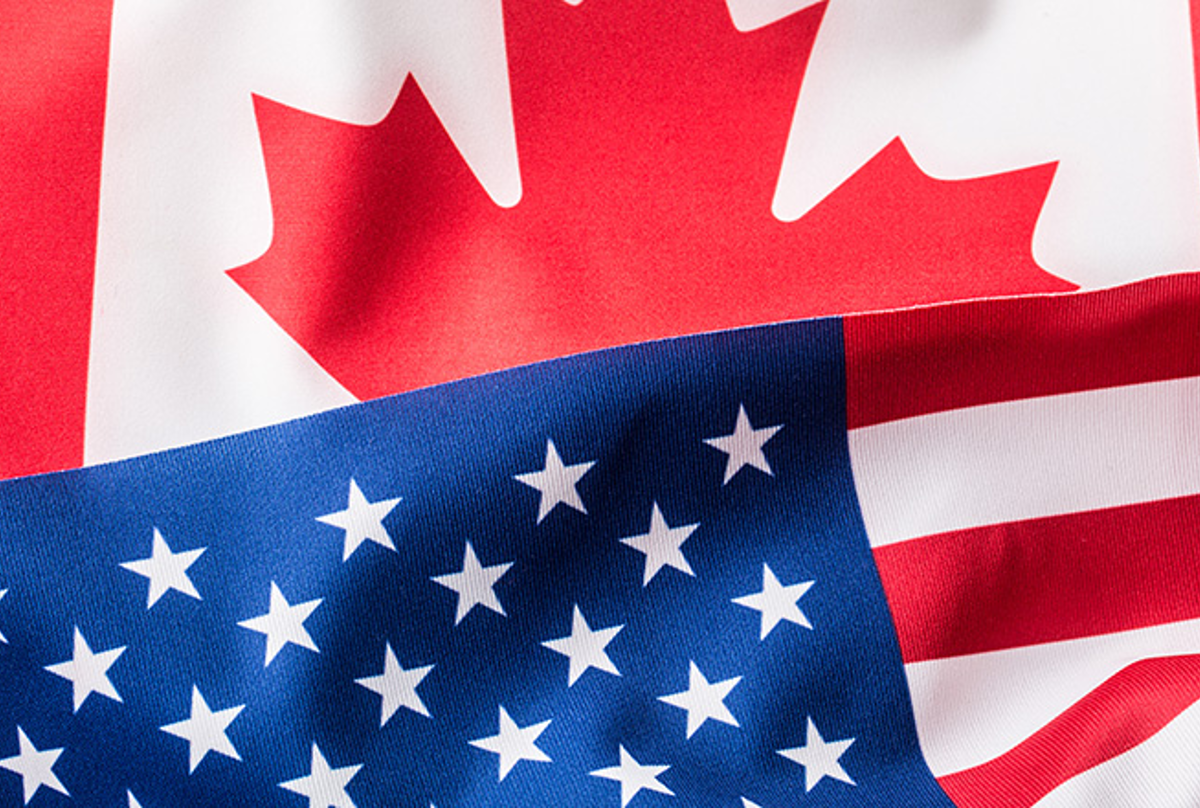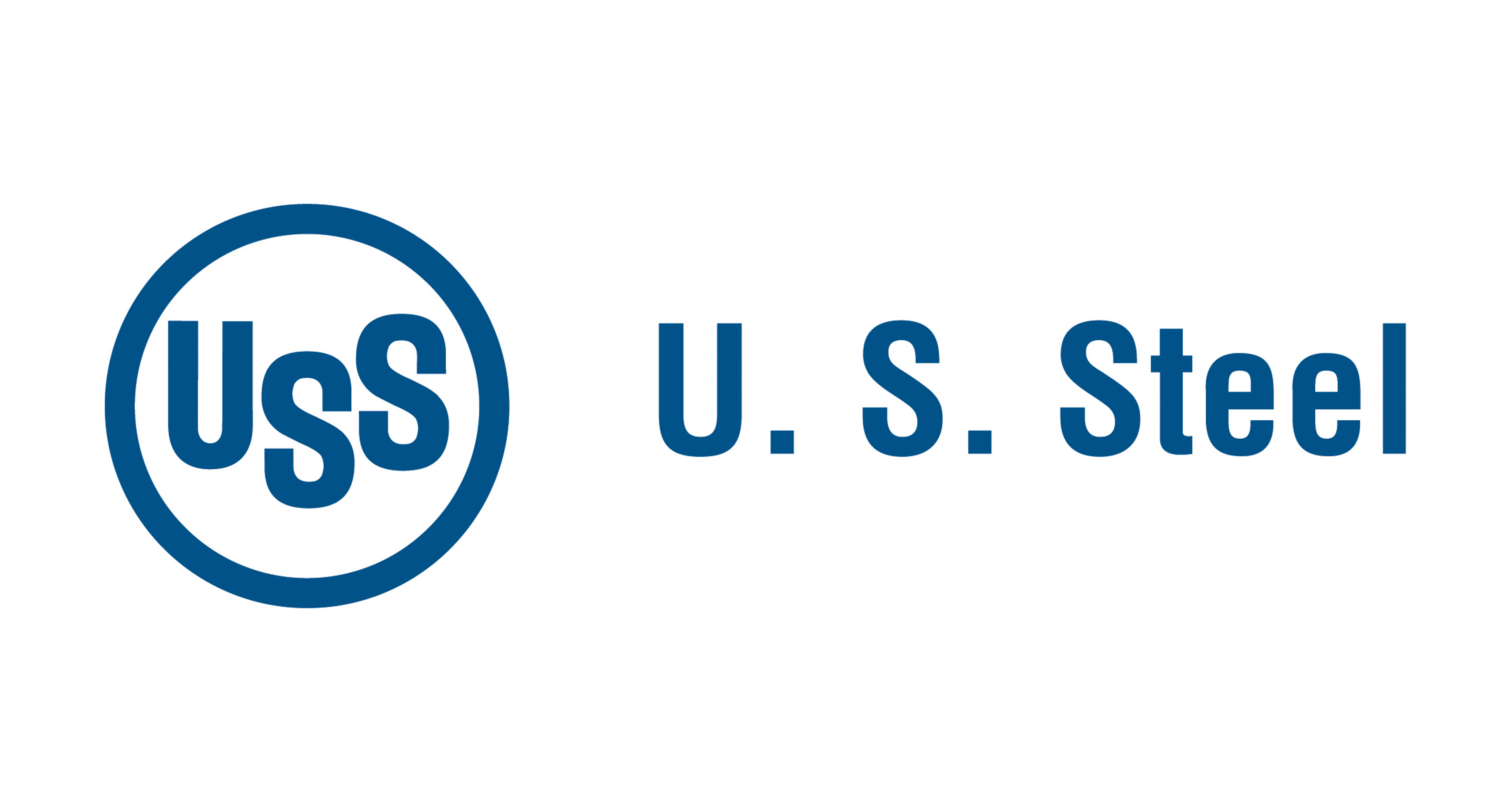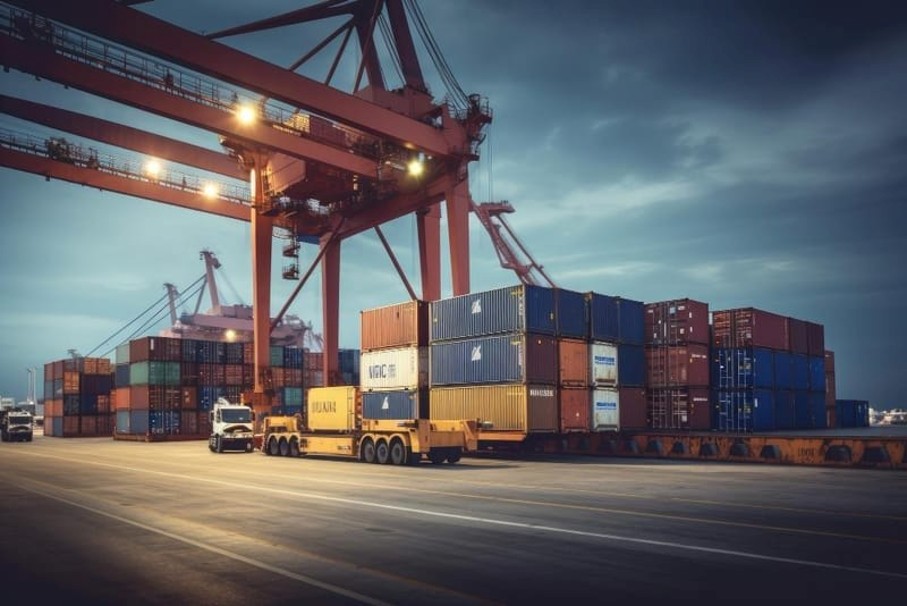Government/Policy
September 10, 2024
Commerce: Sizable Chinese pipe subsidies will continue if US duties expire
Written by Laura Miller
Imports of certain Chinese pipe products will continue to benefit from significant government subsidies if the US countervailing duty (CVD) order on the imports is allowed to expire.
That’s according to the final results of the US Commerce Department’s third sunset review of the CVD order on circular welded carbon quality steel pipe (more commonly known as standard and structural pipe) from the People’s Republic of China.
A notice in the Federal Register on Monday said Commerce found that revoking or sunsetting the CVD order “would be likely to lead to the continuation or recurrence of countervailable subsidies at the levels” shown in the chart below.
| Exporter/manufacturer | Subsidy rate |
|---|---|
| Weifang East Steel Pipe Co. | 29.83% |
| Kingland companies | 48.18% |
| Shuangjie companies | 620.08% |
| All others | 39.01% |
Background
Trade laws require that unfair trade remedies like anti-dumping duties and CVDs are reviewed every five years.
In the US, Commerce’s International Trade Administration (ITA) and the independent International Trade Commission (ITC) are tasked with this responsibility.
Considering if the duties were allowed to expire or be ‘sunset,’ the ITA determines if the subsidies or duties would reoccur, and the ITC determines if the domestic industry would continue to be injured.
Commerce initiated this sunset review in May. The case was expedited as responses from respondent interested parties were deemed inadequate, while domestic interested parties provided timely notices of their intent to participate.
Those companies include Bull Moose Tube, Maruichi American Corp., Nucor Tubular Products, and Zekelman Industries, all of which are domestic producers of standard and/or structural pipe.
The ITC voted in early August to expedite its sunset review and should have it completed by the end of September. Although one commissioner voted for a full review, two others opted for expedited reviews. One commissioner did not participate in the vote.
This is the third sunset review of this particular CVD order. The duties were initially applied in 2008.







